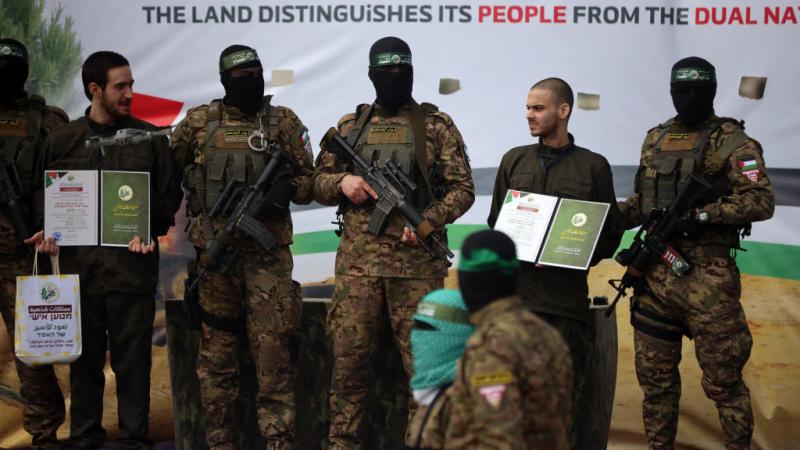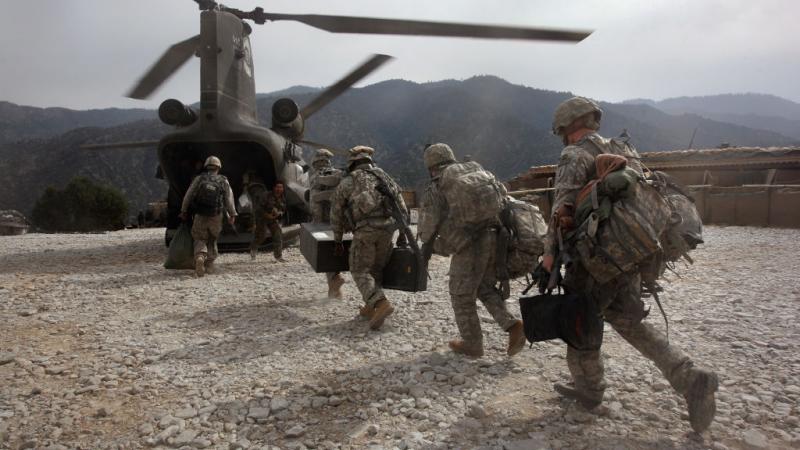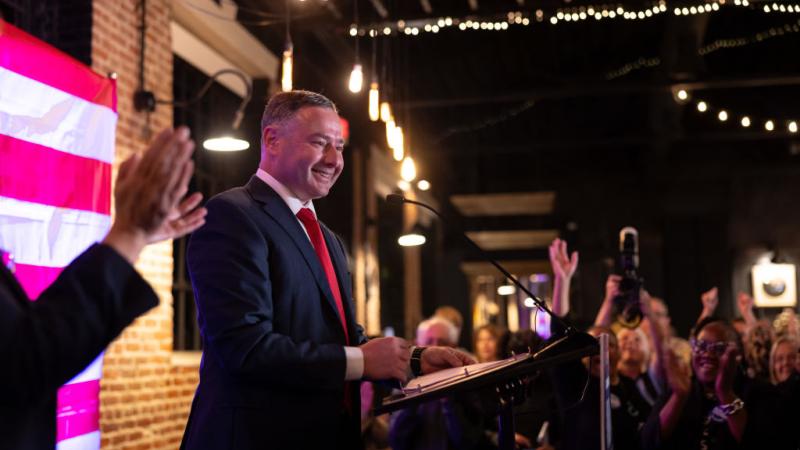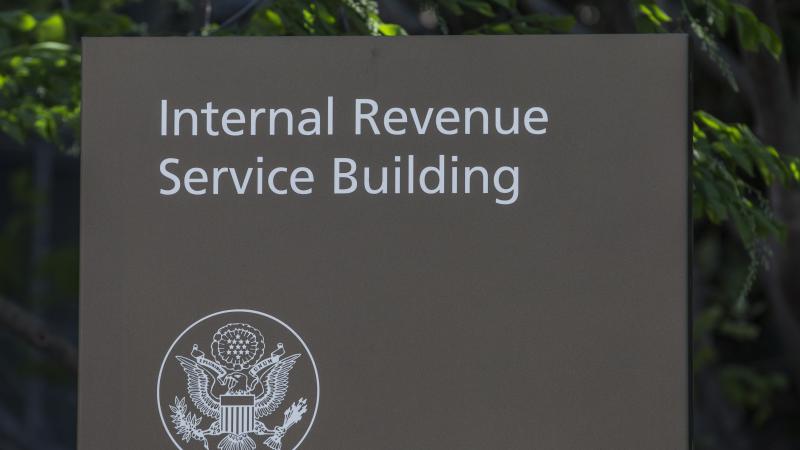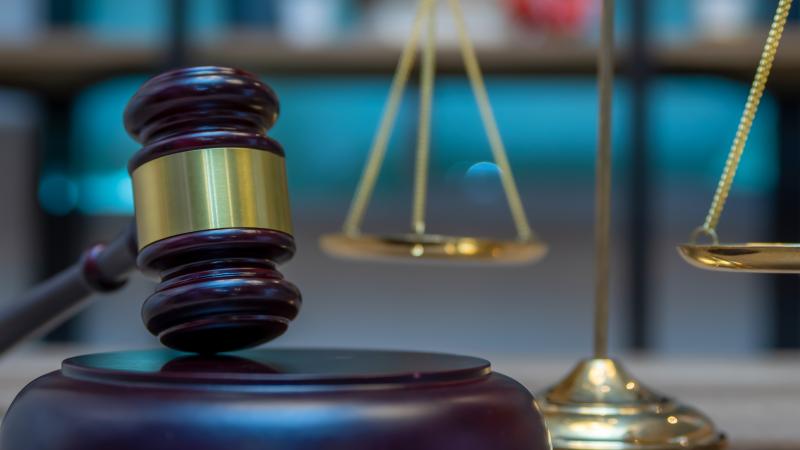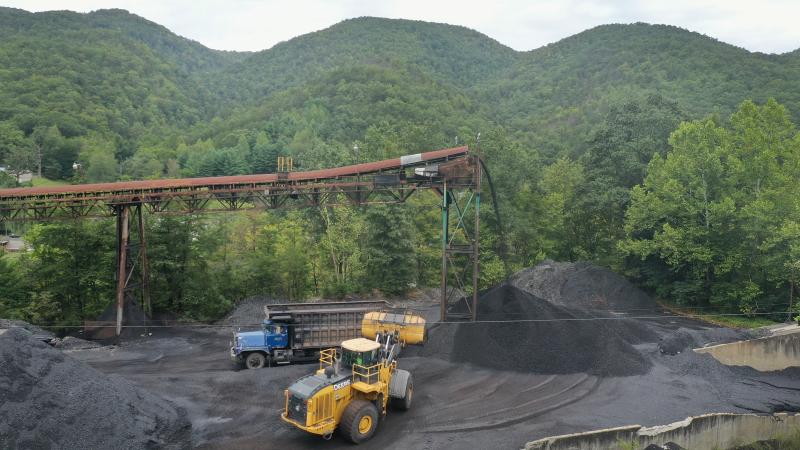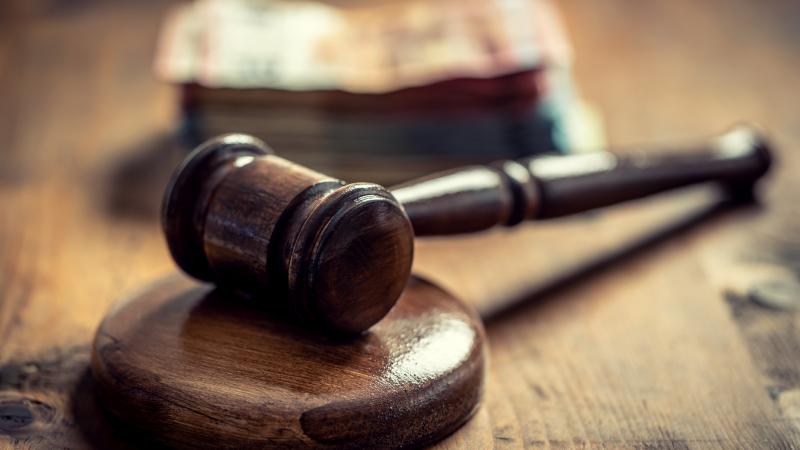Some in the media show respect for slain Hezbollah leader in spite of group's history of terrorism
When Nasrallah was head of Hezbollah, the U.S. said he was responsible for multiple terrorist attacks
While the world waits to see what comes next after it was confirmed overnight that Israel had in fact succeeded in killing Hassan Nasrallah, who had headed up Hezbollah, a U.S. designated Foreign Terrorist Organization, for more than 30 years, some in the media are expressing respect and in some cases, even praise for the man.
CNN wrote about his "fiery speeches" and "transformation of Hezbollah, from a rag-tag group of militants in the 1980s to an organization that mounted a concerted campaign to drive out Israeli occupation in 2000."
"Nasrallah commands a dedicated following of hundreds of thousands of largely Shiite Muslims – in Lebanon, Iraq, Syria and Yemen," they said shortly after his death was confirmed. "His influence in the Iran-backed so-called axis of resistance grew exponentially after the US assassinated Iran’s top general Qassem Soleimani, the architect of the region-wide axis, in 2020."
On TV, CNN regularly blames Israel for the lack of a ceasefire in Gaza with Hamas, another Iran-backed proxy group, though Israel agreed to the U.S. plans on multiple occasions, as Secretary of State Blinken has acknowledged.
Also showing a level of respect and admiration for Nasrallah is The Associated Press.
"Seen by his supporters as a charismatic and shrewd strategist, Nasrallah had reshaped Hezbollah into an archenemy of Israel, cementing alliances with the ayatollahs in Tehran and Palestinian militant groups such as Hamas," they reported.
"Idolized by his Lebanese Shiite followers and respected by millions of others across the Arab and Islamic world, Nasrallah held the title of sayyid, an honorific meant to signify the Shiite cleric’s lineage dating back to the Prophet Muhammad, the founder of Islam.
"Nasrallah’s image appears on billboards in the group’s strongholds across Lebanon — especially in southern Beirut, Hezbollah’s headquarters — and on trinkets in souvenir shops not only in Lebanon but also in countries such as Syria and Iraq," the AP added.
Hezbollah has confirmed that Nasrallah was killed and Iran has announced that a general in its paramilitary Revolutionary Guard died in the airstrike as well, according to ABC News.
Other Hezbollah leaders, including Ali Karki, the commander of its Southern Front, were also killed in the attack, Israel said.
Hezbollah has been responsible for multiple terrorist attacks, most notably the two bombings in Lebanon in 1983, one of the U.S. embassy in Beirut, the other of the U.S. Marine barracks. Between the two bombings, more than 300 Americans were killed and hundreds more injured.
Some of those terrorist attacks included these:
- In April of 1983, Hezbollah bombed a U.S. embassy in Lebanon, killing 78 Americans and injuring 120
- In October of 1983, Hezbollah bombed the US Marine Corps barracks in Lebanon, resulting in 241 Americans being killed
- In 1985, Hezbollah hijacked a TWA flight in Athens, Greece and held multiple U.S. passengers hostage
- In 1994 in Argentina, Hezbollah was responsible for the bombing of a Jewish community center, resulting in 95 people dying
- In July of 2012, Hezbollah was responsible for the bombing of a bus that had Israeli tourists on it, resulting in six people dying
Nasrallah didn't become the head of Hezbollah until 1992, following the assassination of his predecessor, Abbas al-Musawi, also by an Israeli airstrike.
For a more complete listing of Hezbollah terrorist attacks, the office of the Director of National Intelligence has this interactive timeline that covers from 1983 to 2017
